Do you suffer from itchy, cracked, peeling skin on your feet and heels or discoloration of your toenails?
There is a high possibility that you have athlete’s foot, but you don’t have time to go to the hospital, and you want to do something about this itching anyway!
Causes and Symptoms of Athlete’s Foot
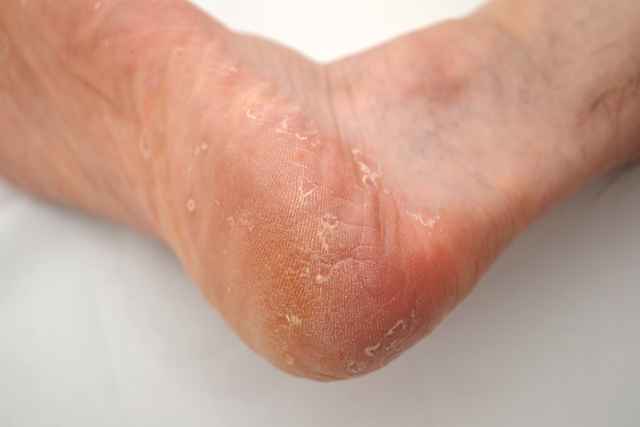
What kind of fungus is athlete’s foot?
What are the symptoms and how long does it take to treat?
Let’s take a closer look!
What kind of fungus is athlete’s foot?
Athlete’s foot is a skin infection caused by a fungus called Trichophyton rubrum.
It tends to occur between the toes, on the nails, and on the heels, and symptoms such as itching, cracking, and peeling can be seen.
Athlete’s foot generally prefers moist and poorly ventilated environments, and prolonged wear of shoes and socks increases the risk of infection.
Characteristics of Trichophyton fungus
Trichophyton is a fungus that can easily infect the skin, hair, and nails.
The fungus uses a protein called keratin as its nutritional source and grows as a parasite in the stratum corneum of the skin.
Since environments with high temperature and humidity are ideal for the growth of ringworm fungi, infections are more common in summer and in humid places.
Main Symptoms of Athlete’s Foot
The foot odor can be especially strong if the area between the toes is dingy and damp.
In the case of heel athlete’s foot, the skin on the heels often thickens and cracks.
Toenail athlete’s foot also causes discoloration and thickening of the nails, which is a cosmetic problem for many people.
Appropriate treatment is necessary depending on the progression and location of the condition.
How to Choose Over-the-Counter Medicines for Athlete’s Foot

How should you choose an over-the-counter medicine for athlete’s foot?
Here are some pointers on how to choose!
Types of antifungal ingredients
The key to treating athlete’s foot is to choose an over-the-counter drug that contains effective antifungal ingredients.
Antifungal ingredients include “Terbinafine,” “Butenafine” and “Clotrimazole”.
These ingredients are the same active ingredients used in antifungal drugs prescribed in hospitals, and can be expected to be effective even in over-the-counter drugs.
“Clotrimazole” needs to be used two to three times a day, but is recommended because it has a proven track record of use, is available in a variety of formulations, and is expected to be sufficiently effective.
However, for onychomycosis, it is necessary to penetrate into the nail, and over-the-counter drugs may not be effective enough.
In such cases, a medical institution should be consulted to prescribe a highly effective topical or oral medication.
If foot athlete’s foot is left untreated or repeated, it is likely to develop into athlete’s foot on nails or other severe forms of athlete’s foot!
How to choose the best treatment for each symptom
Although “cream” and “liquid” types are popular for their pleasant feel, the choice of over-the-counter medicine depends on the symptoms of athlete’s foot.
For dry, cracked athlete’s foot, liquid-type remedies are suitable.
On the other hand, for athlete’s foot that is wrinkled or needs to be applied extensively, powder, cream, or gel-type remedies are more effective.
If you suffer from cracked heel athlete’s foot, a less irritating ointment-type treatment is recommended.
Precautions for use
There are several precautions that should be taken when using over-the-counter medications.
Athlete’s foot symptoms often improve within about 1 to 2 weeks with daily use of the ointment.
However, topical application for about two weeks may not kill the ringworm fungus, and even if symptoms disappear, the fungus may reappear the following summer if treatment is discontinued.
It is necessary to continue applying the medication for at least one month after symptoms disappear.
In addition, be sure to apply the medication in a clean condition, taking into consideration the time required for the active ingredients of the medication to penetrate the skin.
Furthermore, since skin irritation and itching may occur as side effects, it is recommended to discontinue use and consult a dermatologist if you experience any abnormality.
Since the effectiveness of athlete’s foot over-the-counter medicine varies from person to person, it is advisable to consult a medical specialist if symptoms do not improve or recur.
Ranking of pharmacist-recommended over-the-counter medications for athlete’s foot!

“Athlete’s Foot” lurks even in places where there is no crude oil on the skin.
Therefore, it is ideal to apply it evenly on both feet, not just where symptoms are present.
Here are some of the most popular, best-selling, and pharmacist-recommended products!
No. 1: Butenaloc V alpha Cream
Apply once a day
| Effect | Ingredient | Dose (in 1 g) |
| Antifungal effect | Butenafine | 10mg |
| Local anesthetic action to relieve itching and pain | Dibucaine hydrochloride | 2㎎ |
| Subside allergic itching and swelling | Chlorpheniramine maleate | 5㎎ |
| Reduce inflammation | Glycyrrhetinic acid | 2㎎ |
| Can be exhilarating. | L-menthol | 20mg |
| Mild burning sensation on skin, competitively masks itching | Crotamiton | 10mg |
| Clean the affected area | Isopropyl methylphenol | 3mg |
Butenaloc Vα Cream is an over-the-counter medication recommended by many pharmacists for the treatment of athlete’s foot.
This cream contains the antifungal ingredient Butenafine, which exerts a powerful effect against ringworm.
The cream type is easy to apply to the affected area and penetrates the skin well.
No. 2: Lamisil AT Cream
Apply once a day
| Effect | Ingredient | Dose (in 1g) |
| antifungal effect | Terbinafine | 10mg |
Lamiseal AT Cream contains the active ingredient Terbinafine, which effectively suppresses the fungus ringworm that causes athlete’s foot.
This cream is easy to apply to a wide range of affected areas and is suitable for both dicey athlete’s foot and dry areas.
No. 3: Mentholatum Exiv W Deep 10 Cream
Apply once a day
| Effect | Ingredient | Dose (in 1g) |
| Antifungal effect | Terbinafine hydrochloride | 10mg |
| Local anesthetic action to relieve itching and pain | Lidocaine | 20mg |
| Subside allergic itching and swelling | Diphenhydramine hydrochloride | 10mg |
| Reduce inflammation | Glycyrrhetinic acid | 1mg |
| Clean the affected area | Isopropyl methylphenol | 10mg |
The main ingredient in Mentholatum Exiv W Deep 10 Cream is Terbinafine, which has a high antifungal effect.
It is especially suitable for heel athlete’s foot and dry athlete’s foot.
Although it is a cream-type product, it is characterized by its comfortable feel without being sticky.
No. 4: Tumsi Tincture Powder Spray Z
Apply once a day
| Effect | Ingredients | Dose (in 1g) |
| Antifungal effect | Butenafine hydrochloride | 2㎎ |
| Local anesthetic action to relieve itching and pain | Lidocaine | 5㎎ |
| Reduce inflammation | Glycyrrhetinic acid | 2㎎ |
| Can be exhilarating | L-menthol | 2㎎ |
| Clean the affected area | Benzalkonium chloride | 0.1mg |
Tums Tincture Powder Z is a little more expensive, but its powder form makes it easy to use for widespread athlete’s foot infections.
It contains an antifungal ingredient called Butenafine hydrochloride, which acts effectively against tinea cruris.
It also absorbs perspiration and reduces moisture in the affected area.
No. 5: PyroAce W Ointment
Apply 2 to 3 times a day
| Effect | Ingredient | Dose (in 1g) |
| Antifungal effect | Clotrimazole | 4mg |
| Antifungal effect | Pyrrolnitrin | 2㎎ |
| Reduce the itch | Crotamiton | 50mg |
PyroAce W Ointment is an over-the-counter drug whose main ingredient is Clotrimazole.
This ointment is suitable for the comprehensive treatment of athlete’s foot because it contains Pyrrolnitrin, an antibiotic with antifungal properties as well as ingredients that reduce itching and inflammation.
Other Recommended Over-the-Counter Medicines
In addition to the above rankings, there are many other effective athlete’s foot over-the-counter medications.
For example, over-the-counter medicines containing “Miconazole,” “Bifonazole,” and “Ranoconazole” are also highly effective and recommended for once-a-day use.
Spray and liquid-type over-the-counter medications are also highly convenient and easy to use, especially during summer and other times of the year when steamy conditions are common.
How to Prevent Athlete’s Foot and Prevent Recurrence
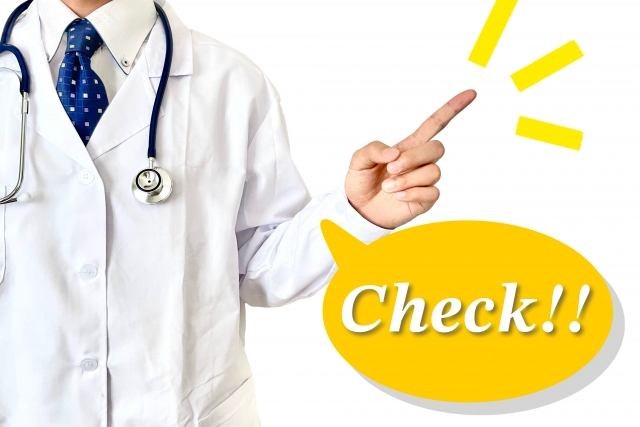
Even after symptoms have subsided, athlete’s foot can recur again and again if one is not careful.
The following is a summary of precautions to take in order to prevent athlete’s foot from recurring!
Points to keep in mind in daily life
To prevent athlete’s foot from recurring, it is essential to be careful in daily life.
First, it is important to maintain a dry and clean environment.
In particular, the areas between the toes and around the nails tend to get damp, so dry them carefully after showering or exercising.
It is also recommended that you use your own sandals in public showers and changing rooms to prevent infection in shared spaces.
Cleanliness Habits
Keeping clean is very important in the prevention of athlete’s foot.
To keep feet clean, it is important to wash them daily with soap and dry them thoroughly.
Particular attention should be paid in the summer when it is humid and after exercise.
Also, do not neglect nail care.
Regularly trimming and lengthening your nails will help prevent the growth of ringworm.
It is also recommended to use over-the-counter medications that are effective against athlete’s foot.
Shoe and sock management
Proper management of shoes and socks is also essential in preventing athlete’s foot.
It is recommended to change shoes frequently in order to dry out and change the inside of the shoes, which can easily accumulate moisture.
It is advisable to choose shoes and socks that are breathable and made of moisture absorbent materials, especially when exercising.
It is also effective to dry shoes and socks thoroughly once used and use antimicrobial sprays if necessary.
Summary

In this article, we have introduced the symptoms of athlete’s foot, over-the-counter medications for athlete’s foot, and preventive measures for athlete’s foot.
Athlete’s foot is diagnosed at a hospital by actually taking a piece of skin or nail from the affected area, observing it under a microscope, and examining it for the presence of Trichophyton fungus.
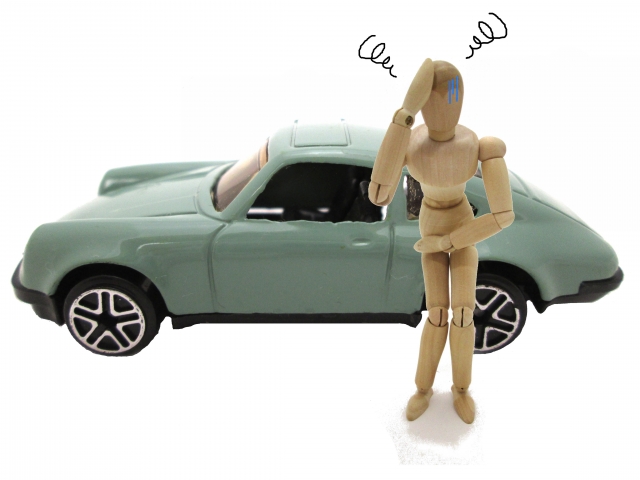
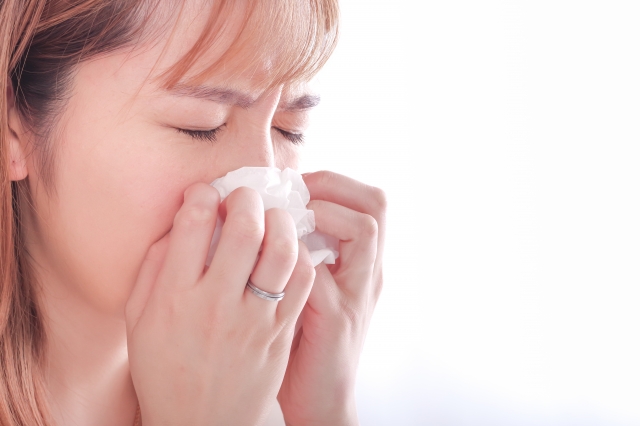
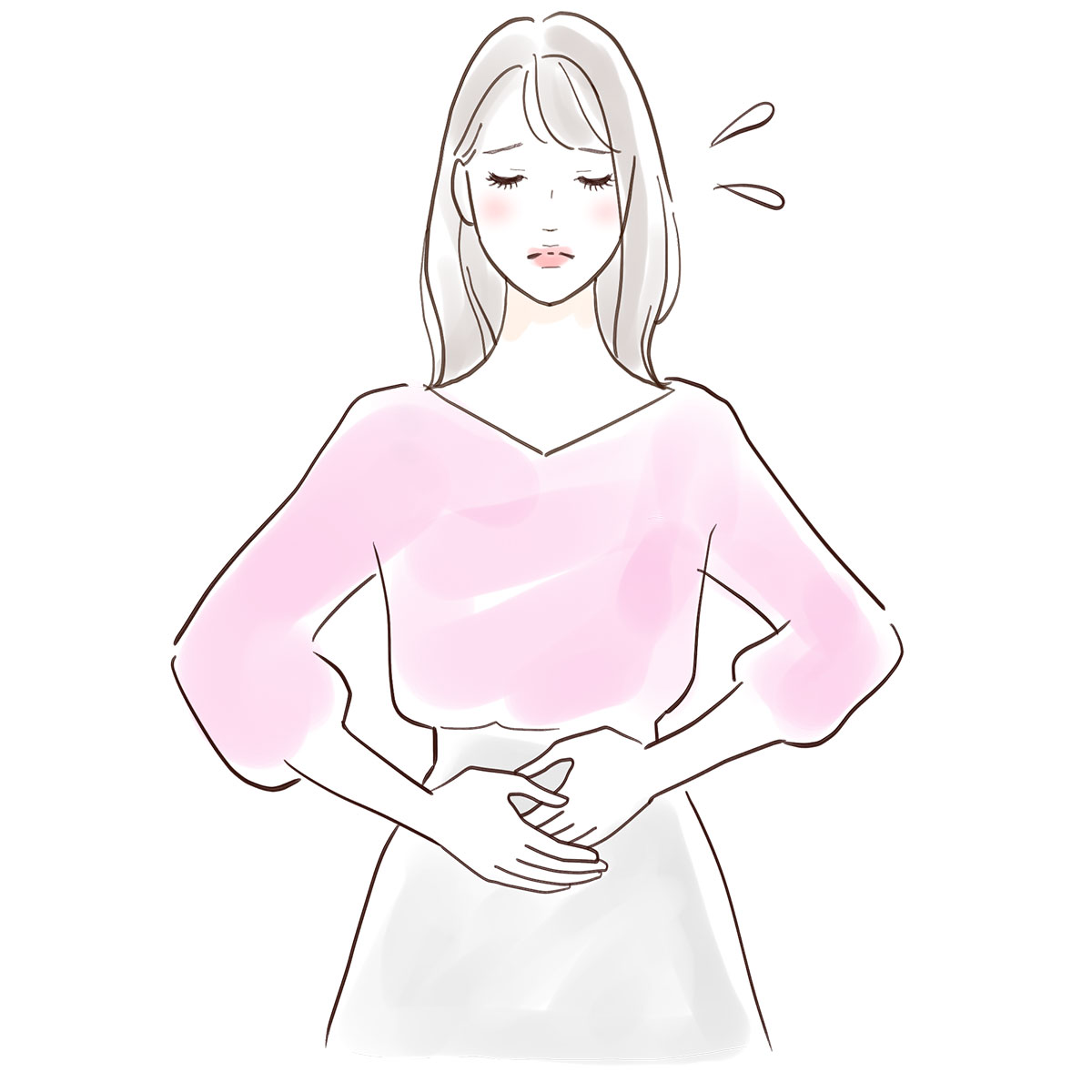
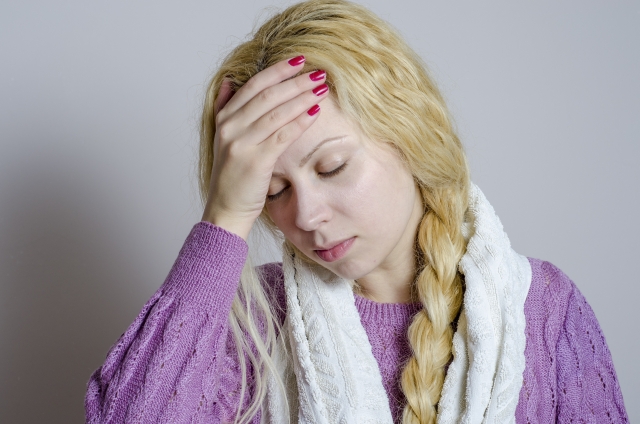
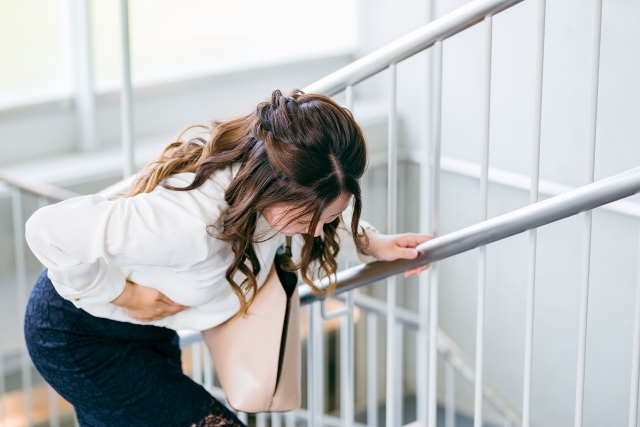
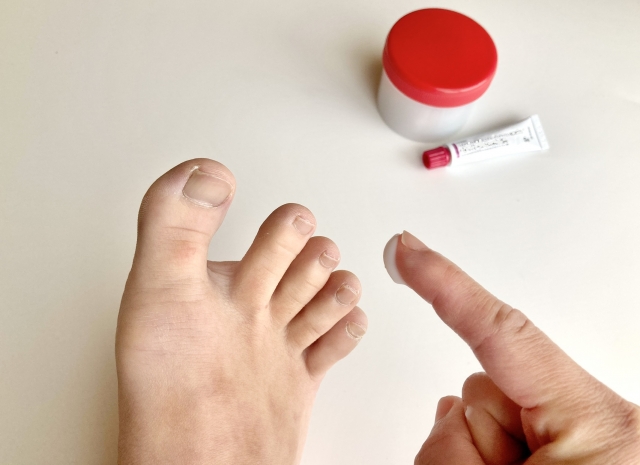
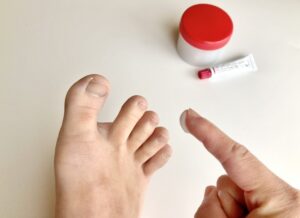
Comments